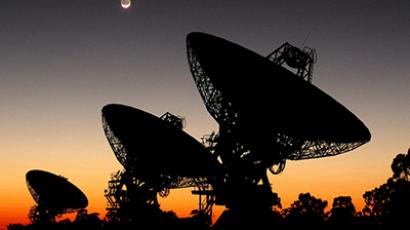Antimissile plan advances as Poland welcomes US interceptors
The US will deploy elements of its missile defense shield in Poland by 2018. The deal on SM-3 interceptors, which was first signed in 2008, came into force on Thursday.
The interceptor base, to be placed in Redzikowo on the Baltic Sea coast, is part of a much-debated NATO-backed plan. Washington wants to put land- and sea-based radars and interceptors in Eastern Europe to counter a possible missile attack from Iran or North Korea.The development of the European anti-missile defense (AMD) has seen a series of advancements this week. Washington signed a similar agreement on interceptor missiles with Romania. It also agreed with Ankara on Turkey hosting a US early warning radar system.Moscow disagrees with the threat which the AMD is supposed to protect against, saying that neither of the nations named has the potential to develop ballistic missiles with the range and payload to pose a threat to Europe.Russia sees the future system as a potential threat to its nuclear deterrence and is calling for the creation of a joint pan-European system that would include Russia. But Washington rejected the proposal. It also refused to sign a legally binding agreement with Russia, that would guarantee that the AMD would not be used against it.The plan for a European anti-missile shield was a major point of conflict between the US and Russia during the Bush era. The Obama administration announced that the system will be reviewed and revamped, which defused some of the fears in Russia and helped launch a diplomatic thaw between Moscow and Washington.However, as time passed and the US showed no intention of letting Russia become part of the revised system, the issue rose again to the top of the agenda. Now Moscow says the future missile shield will tip the strategic balance and put in doubt the New Start nuclear weapons treaty signed in April 2010.Meanwhile the feasibility of the anti-missile system is far from certain. Last week a test of the modified SM-3 missile, which is to become the backbone of the land-based elements of the AMD, ended in failure. Some US experts are calling for a complete evaluation of the shield in terms of its capabilities and costs.














